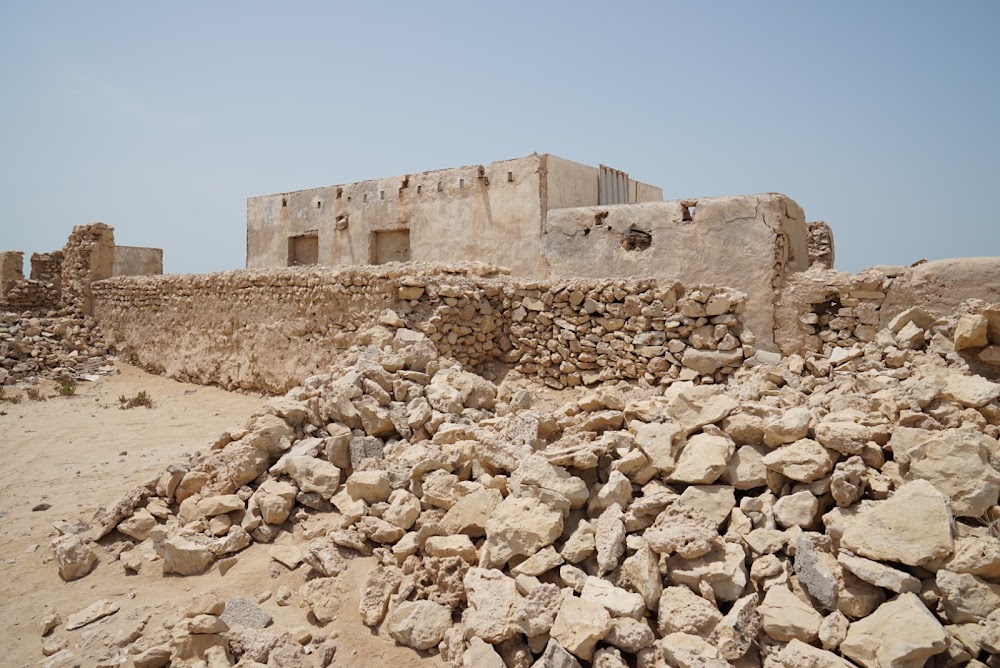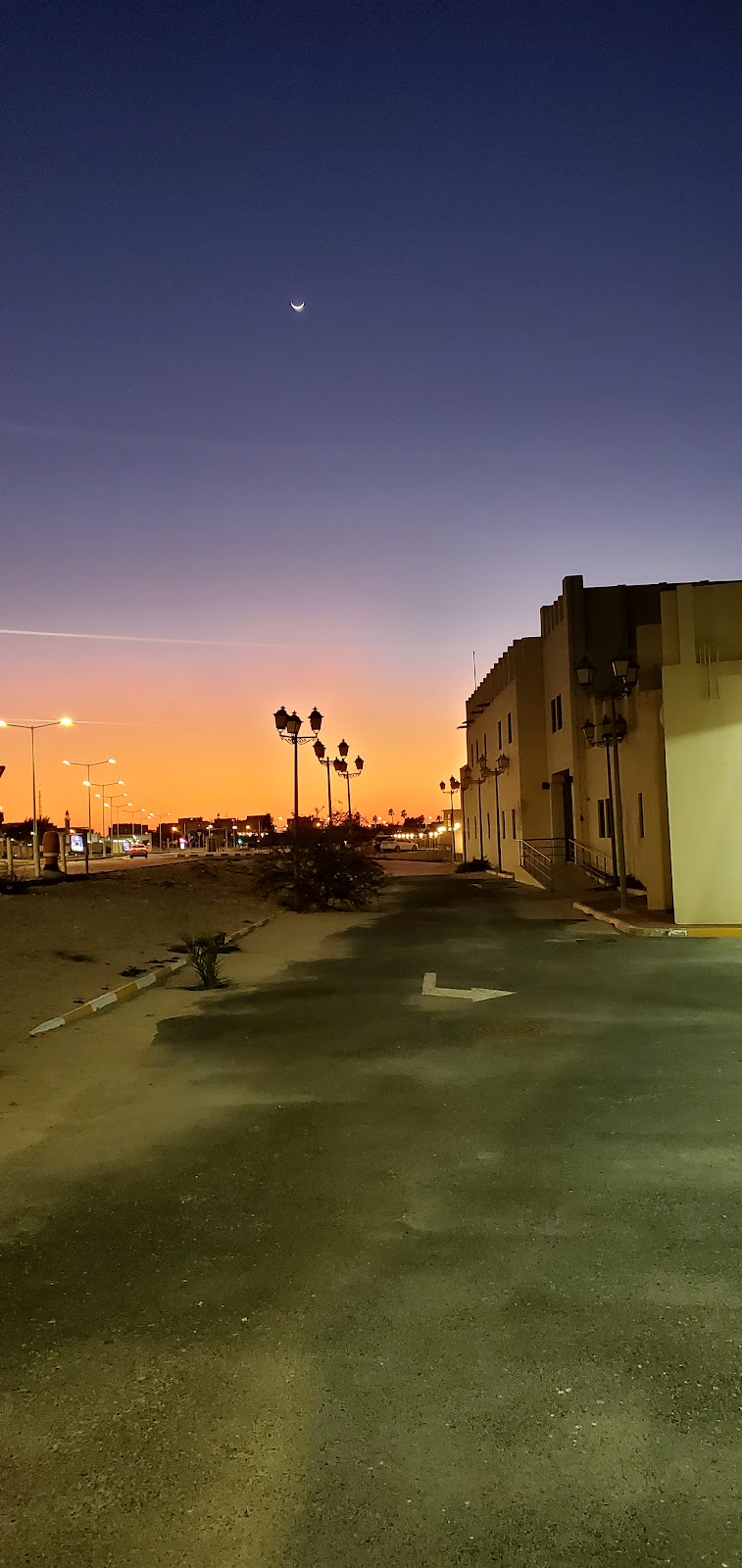Al Jumail Fishing Village (قرية الجميل الصيد)
Overview
Al Jumail Abandoned Village, often referred to as Al Jumail Fishing Village, is a captivating site located in the city of Madinat ash Shamal at the northern tip of Qatar. Once a vibrant coastal settlement, this quaint village now stands as a ghostly reminder of a bygone era when families thrived along its shores.
A Glimpse into History
Dating back to the late 19th and early 20th centuries, Al Jumail flourished during a time when fishing and pearling were the region's primary sources of livelihood. The village was particularly known for its fishing activities, benefiting from its advantageous coastal location along the Arabian Gulf. Many residents were engaged in fishing or were closely tied to the pearling industry, which played a crucial role in Qatar's economy before the discovery of oil.
Architectural Charm
The construction in Al Jumail was both simple and effective, showcasing the materials and techniques available at the time. The houses were predominantly built using coral stones and limestone, abundant in the region. These stones were expertly bound with a mixture of mud, creating sturdy walls that could withstand the harsh desert climate.
Traditional Elements
Traditional Qatari architectural features are evident throughout the village. Among the notable structures, you can find “barjeel” (wind towers) in some of the older homes, designed for natural cooling. The village layout is compact, characterized by narrow alleys and small courtyards that provide shade and foster a sense of community.
The Heart of Community
Central to village life was the mosque, which served as a focal point for social and religious gatherings. Although it stands in a deteriorated state today, the mosque continues to draw visitors intrigued by its historical significance and rustic beauty. Its traditional-style minaret offers a glimpse into the architectural skills of the time.
The Shift to Modernity
Life in Al Jumail began to change dramatically in the mid-20th century with the onset of modern developments across Qatar. The discovery of oil transformed the country’s economic landscape, prompting many residents to migrate to cities like Doha in search of new opportunities and amenities. By the 1970s, Al Jumail witnessed a slow exodus, and the once-thriving village was soon abandoned.
A Haunting Beauty
Today, Al Jumail stands as a hauntingly beautiful relic of Qatar’s pre-oil era. Time and nature have weathered the homes and buildings, yet their remnants evoke a sense of nostalgia for simpler times. The weathered stone structures, with partially collapsed roofs and crumbling walls, embody a quiet dignity, providing a stark yet tranquil contrast to the rapid modernization in other areas of Qatar.
Preserving Heritage
The Qatari government and cultural heritage enthusiasts emphasize the importance of Al Jumail as a significant cultural and historical site. Efforts are underway to preserve what remains of the village, ensuring that this window into the past is not lost to time. Visitors to Madinat ash Shamal often take the short journey to Al Jumail, wandering among its ruins, capturing photographs, and pondering the lives of the villagers who once called it home.
A Testament to Change
Al Jumail Abandoned Village serves as a poignant reminder of the dramatic changes that have swept through Qatar over the past century. From a bustling fishing hub to a deserted relic, the village's story encapsulates resilience, transformation, and memories etched in stone. It stands as a testament to the enduring legacy of the past, silently narrating tales of perseverance, community, and the inexorable march of time.






